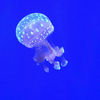Walking around Winterthur - Wilmington, DE
Jun 29, 2017 17:33:17 #
The lacewing and spider shots were in a gazebo and they were about 4-5 feet above me. I was shooting in aperture mode (f/2.8) with flash. I wanted to catch the dragonflies hovering in the reflecting pond, so I switched to shutter mode (1/2500) and realized when I looked at the pictures it wasn't fast enough for about 80% of the images. I was using my 150mm macro lens for everything.
Green Lacewing
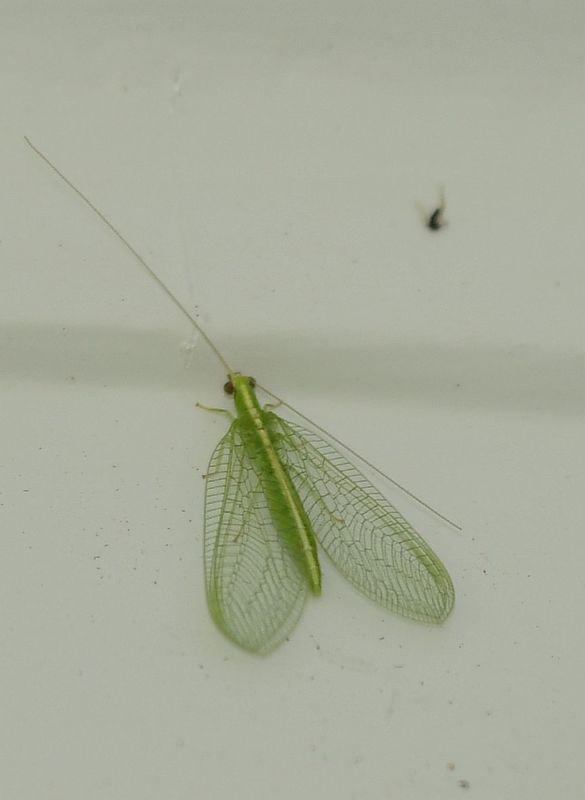
(Download)
Young Green Lacewing?
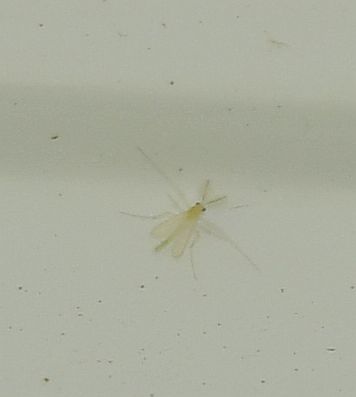
Lacewing?
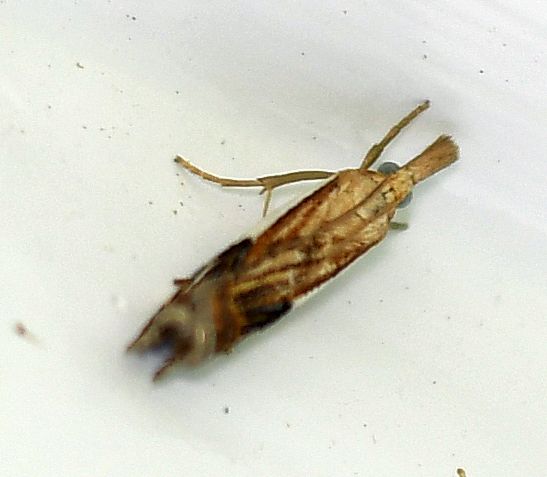
Spider
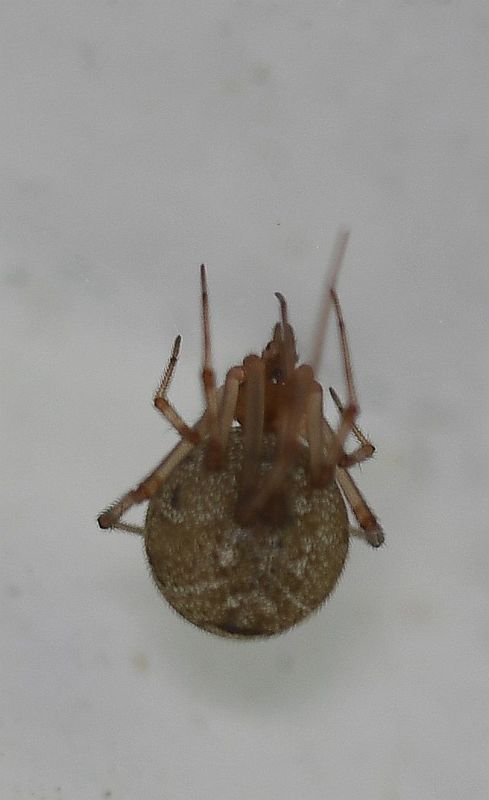
(Download)
Spider #2
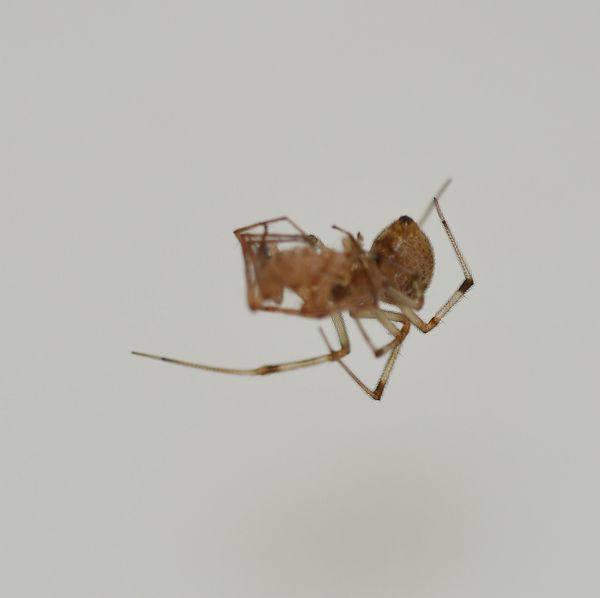
(Download)
Mating Spiders?
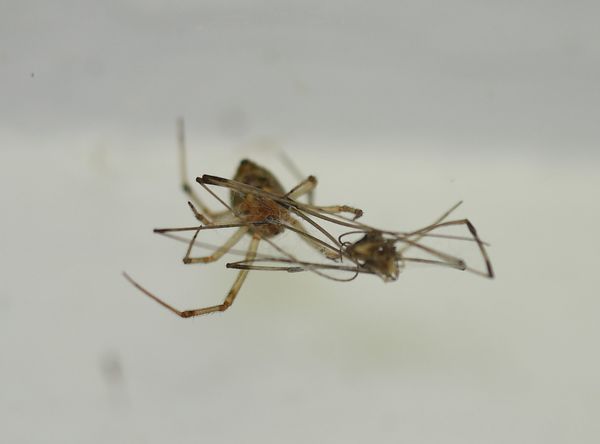
(Download)
Blue Darter Dragonflies
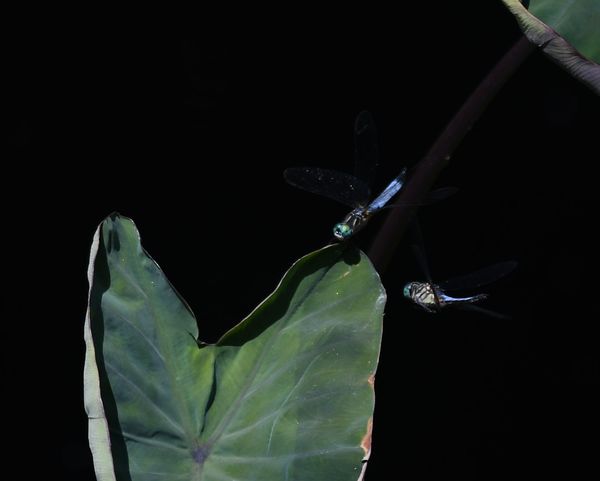
(Download)
Gold Dragonfly
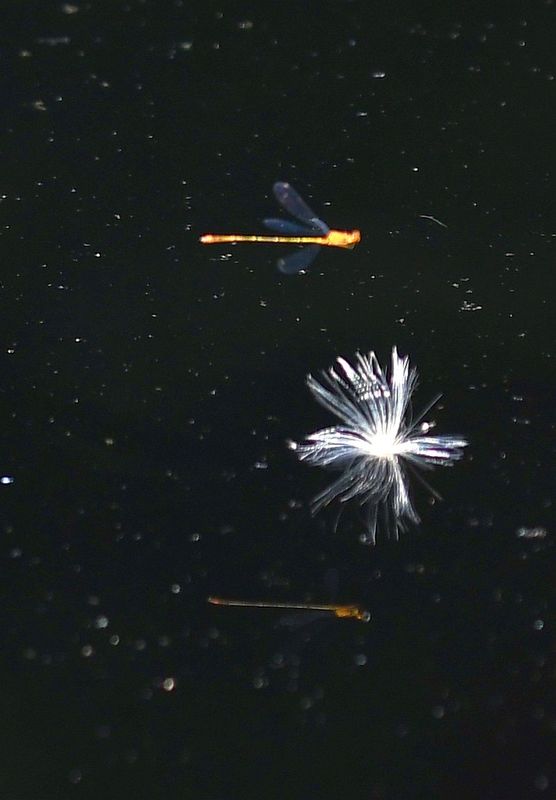
(Download)
Jun 30, 2017 10:49:18 #
Nice set. Your dragonflies are male Blue Dashers (Pachydiplax longipennis) and the yellow damselflies are most likely female Citrine Forktails (Ischnura hastata).
-Doc
-Doc
Jun 30, 2017 12:37:19 #
docshark wrote:
Nice set. Your dragonflies are male Blue Dashers (Pachydiplax longipennis) and the yellow damselflies are most likely female Citrine Forktails (Ischnura hastata).
-Doc
-Doc
Thanks, Doc! I've looked at a bunch of pictures and can't really tell the difference between a dasher and darter (maybe a track coach can?
 )
)Jun 30, 2017 12:51:53 #
RatGMAN wrote:
Thanks, Doc! I've looked at a bunch of pictures and can't really tell the difference between a dasher and darter (maybe a track coach can?  )
)
 )
)Dasher and Darter are both names used for this dragon but Darter is used in the UK primarily. We don't really have and dragonflies with the common name of darter. I've got to get to Winterthur. I belong to Longwood but I've never been to Winterthur. Have a great day!
-Doc
Jun 30, 2017 13:46:46 #
docshark wrote:
Dasher and Darter are both names used for this dragon but Darter is used in the UK primarily. We don't really have and dragonflies with the common name of darter. I've got to get to Winterthur. I belong to Longwood but I've never been to Winterthur. Have a great day!
-Doc
-Doc
Doc - Winterthur is an easy 10 minute drive from Longwood. I try to split my day morning at one, afternoon at the other. Winterthur is an up-and-down topography with both paved and unpaved trails. Like Longwood, I've never been able to cover the whole place in one day, which is why I've adopted the am/pm rountine.
Jun 30, 2017 13:52:00 #
Thanks. I may have to give that plan a try. I still haven't checked out the meadow at Longwood for dragonflies.
-Doc
-Doc
Jun 30, 2017 18:13:10 #
GMAN, FYI, a bit of entomologizing. Insects come in two basic groups: those that look more-or-less the same all their lives – smaller young often called nymphs that shed their skins as they grow -- becoming sexually mature after the last shedding (incomplete or gradual metamorphosis); and those that look totally different as young – larvae, grubs, maggots, etc., some kind of a worm-ish form – and go through a resting stage (pupa, chrysalis) next to last shedding and totally reform their bodies into the adult form that comes out the last shed (complete metamorphosis). Except for the weird mayflies in the first group, no other insects have functional wings before becoming adult, but may show small pads that the wings will come out of. Lacewings, flies, butterflies and moths, beetles, wasps and their relatives are in the latter group, so a young lacewing would look entirely different, and not have wings (they look like a spindle with 6 legs and monster-ice-tong-jaws in front). So number two is also adult, in this case a kind of fly called a midge, whose somewhat worm-like larva lives in water. And #3 is also adult though the wings are difficult to recognize, wrapped tightly around the body, a moth with a caterpillar-type larva. Your dragonflies and damselfly are in the same order in the first group, and have aquatic nymphs that look more-or-less like wingless adults (with some imagination!) and climb out of the water to shed the last time and become adult directly – no pupa.
Spiders #2 and #3 both are snacking, don’t know what on for #2, but I think #3 has a daddy-long-legs (either a cellar spider or a harvestman) as its legs seem to have patellas, a segment common to spiders and their relatives, not insects. The snackee’s legs are also very different from the snacker’s, so I don’t think it’s a mating that went horribly wrong for the male. See what wonderful knowledge a little bit of photography can give you!
Spiders #2 and #3 both are snacking, don’t know what on for #2, but I think #3 has a daddy-long-legs (either a cellar spider or a harvestman) as its legs seem to have patellas, a segment common to spiders and their relatives, not insects. The snackee’s legs are also very different from the snacker’s, so I don’t think it’s a mating that went horribly wrong for the male. See what wonderful knowledge a little bit of photography can give you!
Jul 1, 2017 05:34:03 #
Jul 1, 2017 11:18:56 #
relbugman wrote:
GMAN, FYI, a bit of entomologizing. Insects come ... (show quote)
It is strange that in the USA the name Daddy-long-legs is given to cellar spiders or Harvestmen whereas here in the UK we use this name for Crane Flies. I hadn't realised that Arachnids but not insects had patellas. I always learn something new from your welcome comments so thanks.
If you want to reply, then register here. Registration is free and your account is created instantly, so you can post right away.
